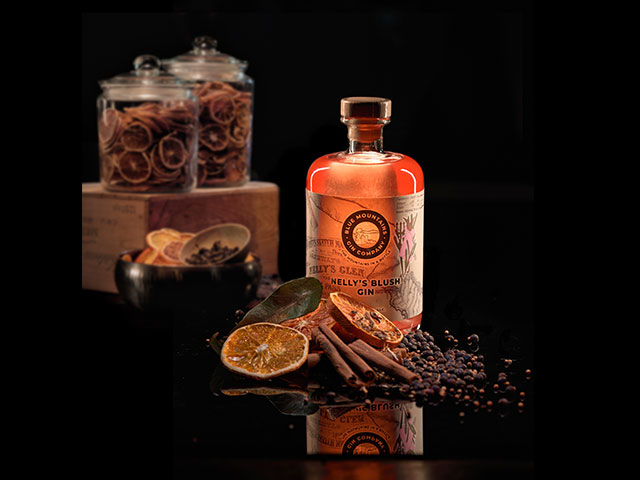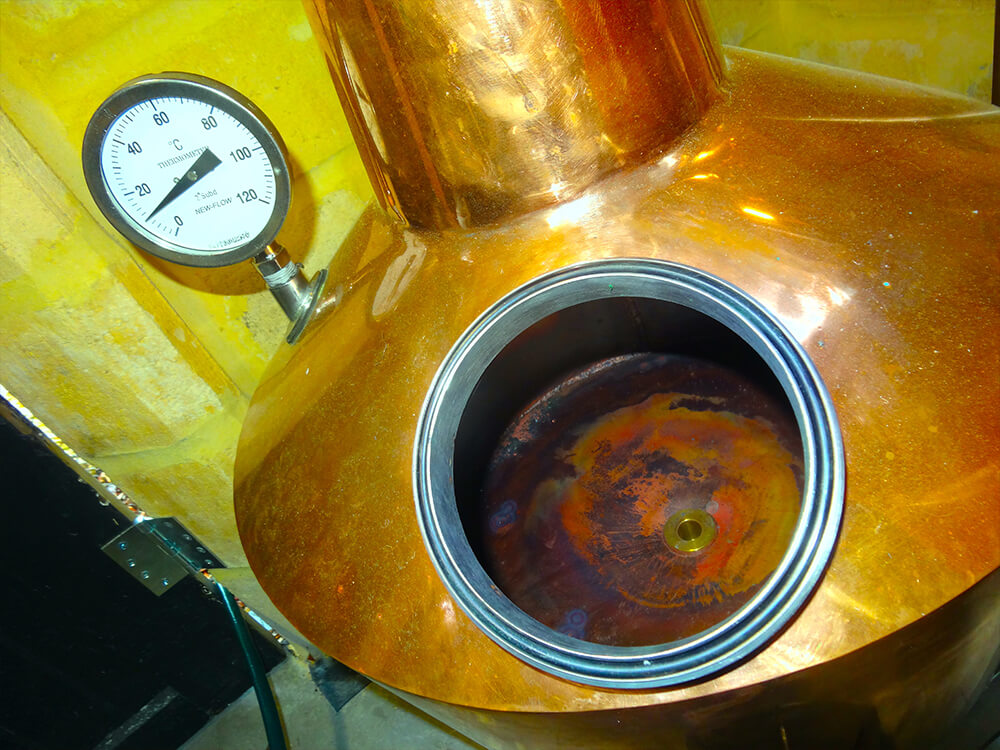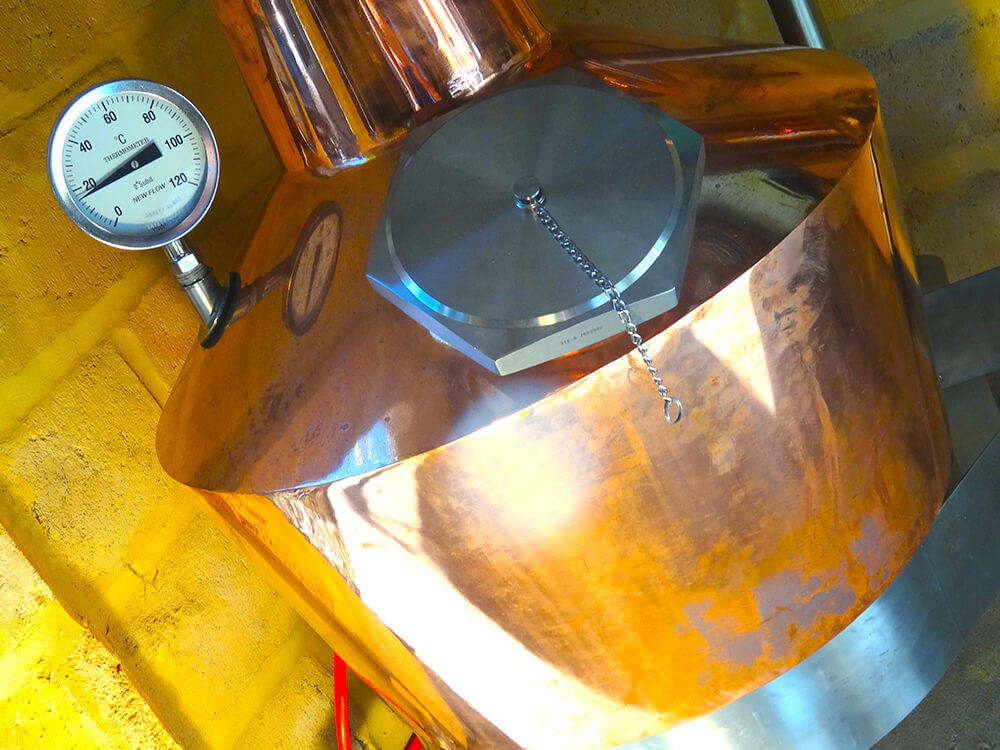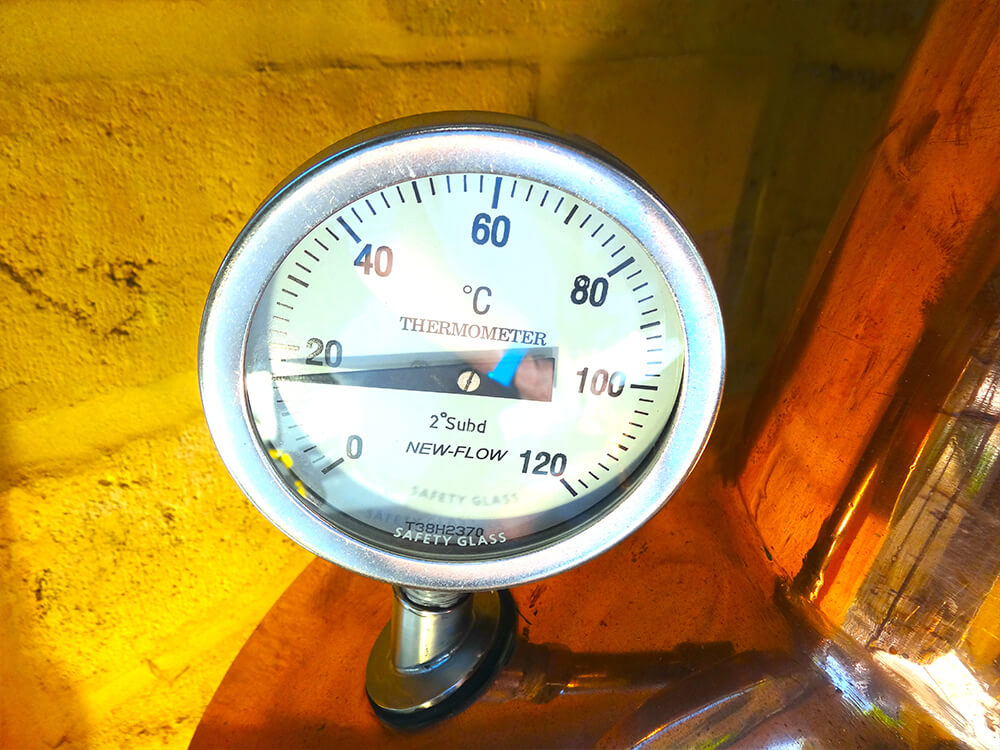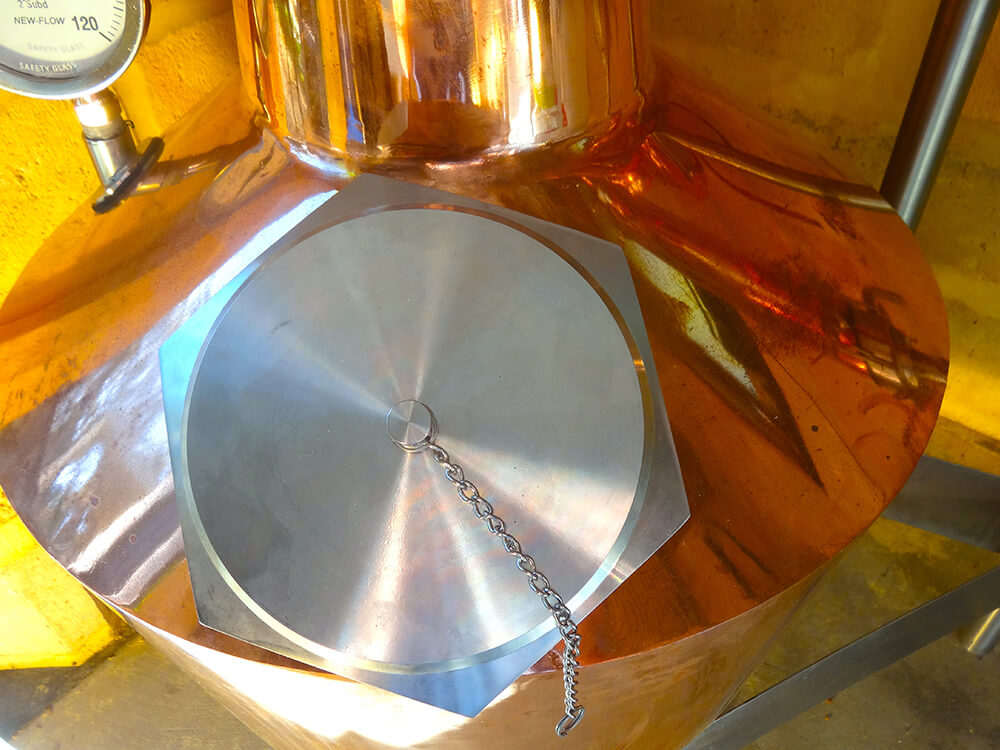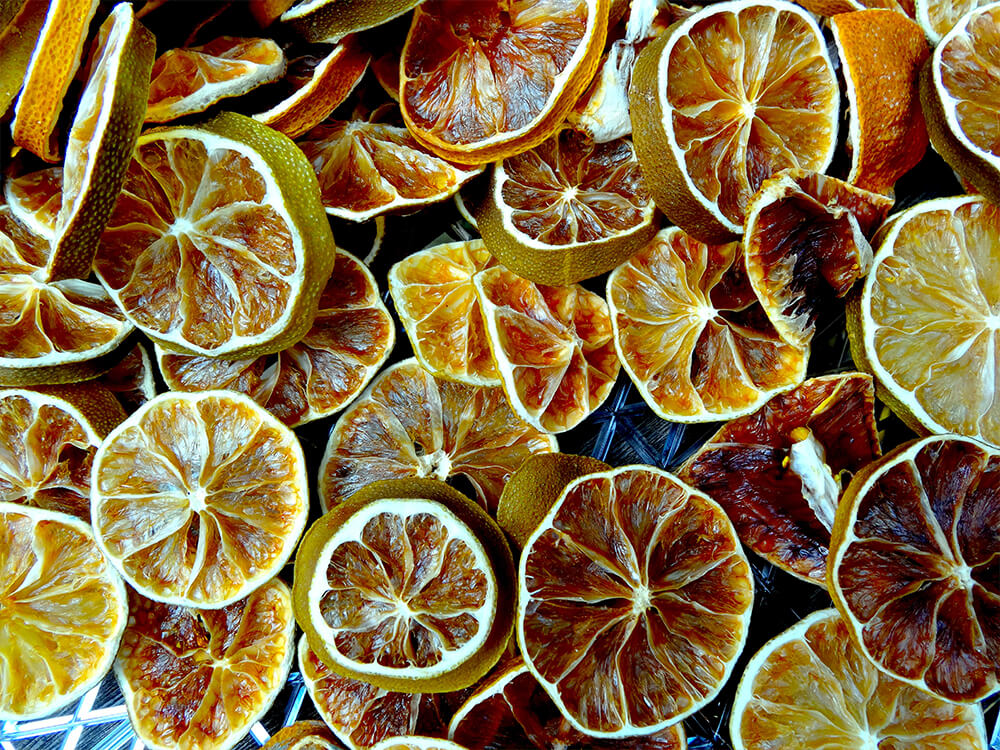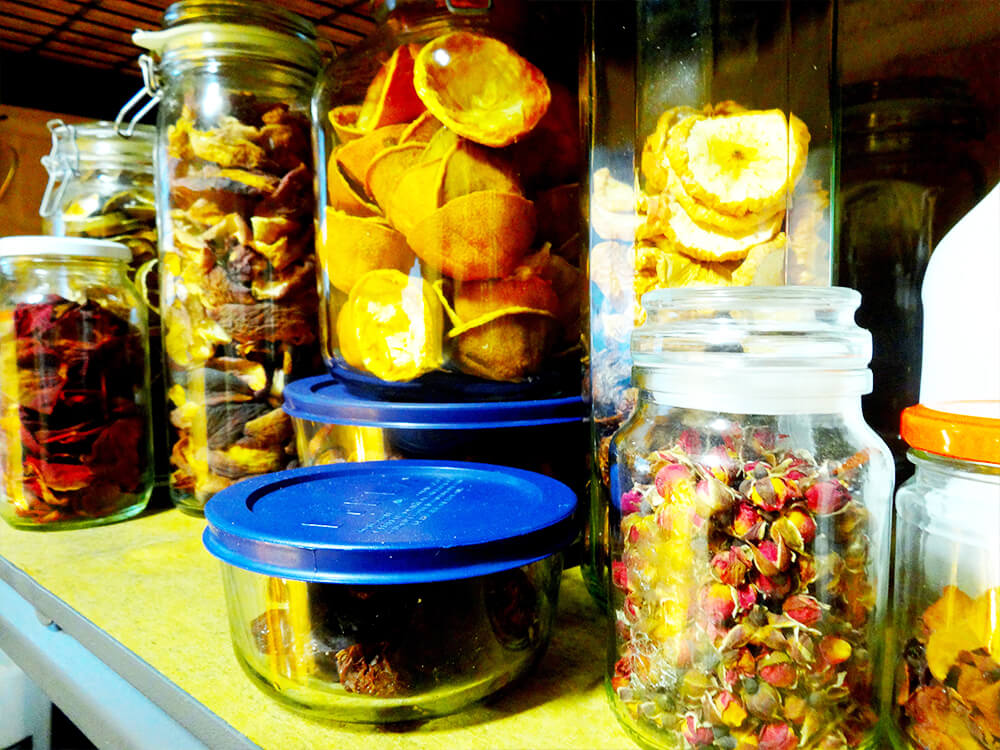Mountain Devil Gins
THE ART AND CRAFT OF GIN
Until quite recently, nearly all gin in Australia was made by big multinational distilleries and there was limited variety in their output. Gin was a conservative liquor that hadn’t changed much over time, and consumers were not encouraged to expect anything more exciting.
Things are radically different now, with hundreds of craft distilleries creating their own unique gins and winning customer converts. Gin has thrown off its dusty old granny’s mantle and is joyously celebrating its liberation.
The Blue Mountains Gin Company is proud to be part of this amazing ‘gin-aissance’.
Gin is a distilled alcoholic drink, usually made from grain and flavoured with botanicals. Simple enough, up to a point.
But a special liquor licence issued by government is required for commercial gin-making – otherwise, it’s illegal – and the production process entails several stages, specific equipment and well-informed decisions about the mix of botanical inclusions.
The first stage of gin production is the fermentation of germinated grains, using microscopic yeast to churn out alcohol in a liquid mash. The same process is used to make beer. Fermentation cannot go past about 16% alcohol content, and spirit drinks require much more than this. For this we need a still …
A still is a metal vessel that heats fermented liquid to extract ethanol (drinking alcohol), which is then cooled in a tube and collected in concentrated form. Stills for commercial and serious-hobby purposes are precision-made by expert craftsmen, often impressive with their gleaming copper surfaces and sometimes massive.
While large-scale producers utilise stills that can process many tens of thousands of litres of liquid, the stills of small-batch craft operators are often no more than a few hundred litres, or smaller again.
Gin is often distilled several times, and it is the use of selected botanical elements during distillation that sets gin apart from other liquors. Gin must include berries from the juniper bush as a defining flavour element, and there is a range of other botanical ingredients common to many gins.
The range and amounts of botanicals used in distillation helps to determine the flavours of the gin product. These ingredients are added either by steeping them in the base spirit within a still or by infusing them with hot vapours rising from the boiling liquid.
The range of gin flavours has expanded phenomenally with the advent of craft distilleries over the past decade or so. While the tried-and-true botanical mixes are still deservedly popular, artisan distillers have opened the door on new botanicals that have never been tried before, and the scope for adventurous new flavours is nearly endless.
Craft gins tend to be more expensive than mainstream gins because of the relatively high costs of small-batch production. However, many established and new lovers of gin accept this as a worthwhile trade-off in exchange for great new flavours and the hands-on craftsmanship in artisan gins.
We here at the Blue Mountains Gin Company adhere to craft distilling’s small-is-beautiful approach. We also aim to promote awareness of gin’s potential to continue broadening its horizons in the future. Unique among spirit drinks, gin is so versatile that no matter how many brands are on the market, there will probably always be scope for new and different gins.





